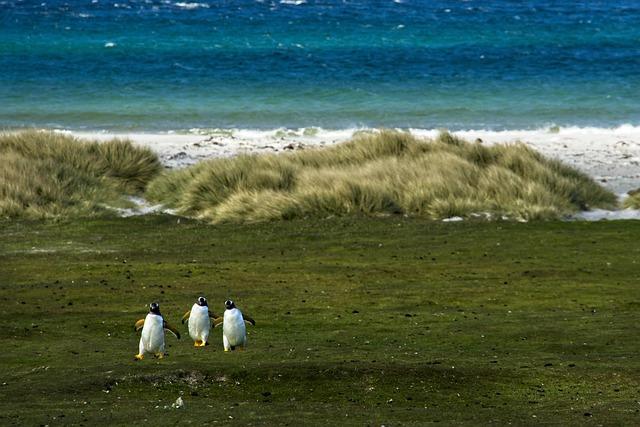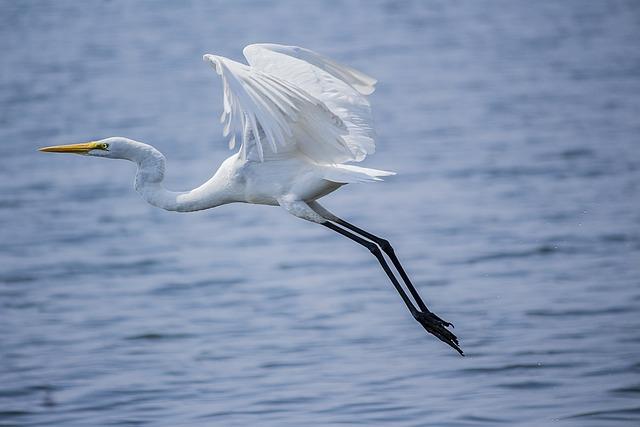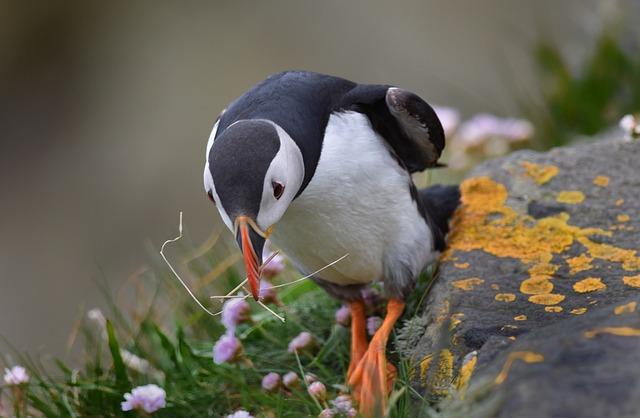The Great Auk: Last of Its Kind
Introduction
The Great Auk was a large, flightless bird that once inhabited the rocky islands of the North Atlantic. It was closely related to puffins and murres and was known for its distinctive appearance with black feathers on its back and white undersides.
These magnificent creatures were once plentiful in number, but due to human activities such as hunting and egg collection, their population declined rapidly. Today, the Great Auk is remembered as one of the most tragic examples of human-caused extinction in modern history.

(Image: Pixabay/@lorilorilo)
Habitat and Behavior
The Great Auk primarily inhabited remote islands and rocky cliffs along the coasts of the North Atlantic, including areas such as Newfoundland, Iceland, and Norway. They were excellent swimmers and divers, using their flipper-like wings to propel themselves through the water in search of fish.
During the breeding season, Great Auks gathered in large colonies to nest and raise their young. These social birds formed strong bonds and communicated through various calls and displays. Unfortunately, their nesting sites became easy targets for hunters and collectors.

(Image: Pixabay/@JLB1988)
Extinction
By the 19th century, the Great Auk population had been decimated by relentless hunting for their meat, feathers, and eggs. Their inability to fly made them easy targets for sailors and settlers who saw them as a valuable resource. With the introduction of firearms and intensified commercial exploitation, the species faced a rapid decline.
The last confirmed sighting of a living Great Auk was in 1852 off the coast of Iceland. Despite efforts to protect the remaining individuals, including a ban on hunting, the species could not recover from the brink of extinction. In 1844, the last known pair was killed on Eldey Island.

(Image: Pixabay/@PavanPrasad_IND)
Conservation Efforts
While the Great Auk may have been lost forever, its story serves as a cautionary tale about the devastating impact of human actions on wildlife. Conservationists and scientists continue to study the ecological consequences of its extinction and work towards preventing similar tragedies in the future.
Efforts to protect other endangered species and preserve critical habitats have been inspired by the fate of the Great Auk. By raising awareness about the importance of biodiversity and conservation, we aim to ensure that future generations can appreciate and learn from the mistakes of the past.

(Image: Pixabay/@dimitrisvetsikas1969)
Legacy
Although the Great Auk is no longer with us, its memory lives on in museums, scientific research, and conservation initiatives dedicated to preserving Earth's natural heritage. The story of this magnificent bird serves as a reminder of the delicate balance between human progress and environmental stewardship.
By remembering the Great Auk and the tragic consequences of its extinction, we are reminded of our responsibility to protect and cherish the diverse wildlife that enriches our planet. Let us honor the memory of this remarkable species by advocating for the protection of all life forms on Earth.

(Image: Pixabay/@Collie581)
Conclusion
The Great Auk's story is a poignant reminder of the irreversible impact of human activities on vulnerable species. While we cannot bring back this iconic bird, we can learn from its extinction and strive to prevent similar tragedies in the future. By valuing and protecting our planet's biodiversity, we can ensure a sustainable future for all living beings.

